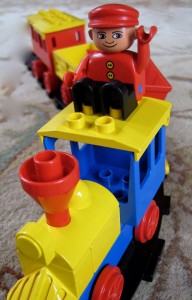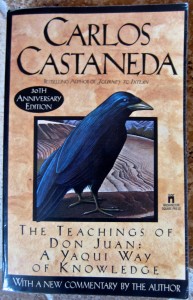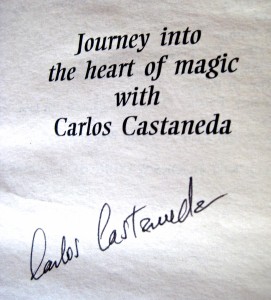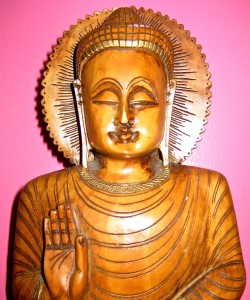
The Marathon of Energy cannot be stopped now, not by a psychotic youth, not by the NRA. We are in a new dream. Like the dinosaurs of old, who once pounded the earth intending to fly—and now do as birds in the sky—we too, as a species, are cracking the shells of our old mold intending a much more inclusive world of infinite possibility.
In this new world, we are witnessing a flood of inclusiveness as new elements flesh out the dream in the form of gay marriage, immigration reform, a new economic frontier—even marijuana legalization is but a blink away—to cite just a few.
The old guard of religious control, riddled with hypocrisy—actually retiring a Pope—is in retreat. Political dominance by a white elite is in permanent recession. Despite the hiccups of Tea Party or Old Confederacy protests, the now twice-born/elected black Obama stays at the helm and Hillary waits patiently in the wings.
There is no returning to an old dream. That dream, as John Lennon put it, “is over.” This new dream, seen clearly by Brother Martin on the other side of the mountain, is in full swing, and we can barely keep up with the pace of its unfolding.
We must understand that the world is literally on speed now, as it breaks down the old and ushers in the new. This is the deepest meaning of the momentous, traumatic events that flit through our screens in nanoseconds: the time of great change is upon us. It’s not about mass psychosis, though psychosis will captivate the vulnerable, and it is contagious, but it’s really about birth, the evolution/transformation of our species and world into a newly sustainable dream.
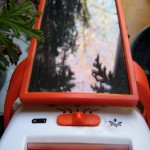
The fate of our species in this new dream is dependent upon our ability to be in alignment with truth—the true needs of a new balance. The earth is abundantly demonstrating its willingness to swallow us up and flood us if we continue to insist upon old world practices of pollution and reliance on non-sustainable fossil fuels.
The peoples of the world are increasingly demonstrating an unwillingness to live in a 1% world. Ironically, America, once the beacon of freedom, now lags, as it clings illusorily to a dream long finished.
The challenge of now is to appreciate the momentum of the masses that the interconnected movement facilitates by social media, but shift awareness away from the Me of it all. The new dream is not a “Me” dream, it’s an all-inclusive “We” dream. In the all-inclusive we-dream, no life is more important than another. In the all-inclusive we-dream, we acquiesce to the true needs of the self, each other and the planet. In the all-inclusive we-dream, it’s affection over profit. The all-inclusive we-dream is not a socialist regression but actually a responsibility progression.
If we all assume responsibility for the truth within ourselves and our planet, we launch our mass shared dream into unbelievable evolutionary journeys into infinity.
All aboard!
Chuck


